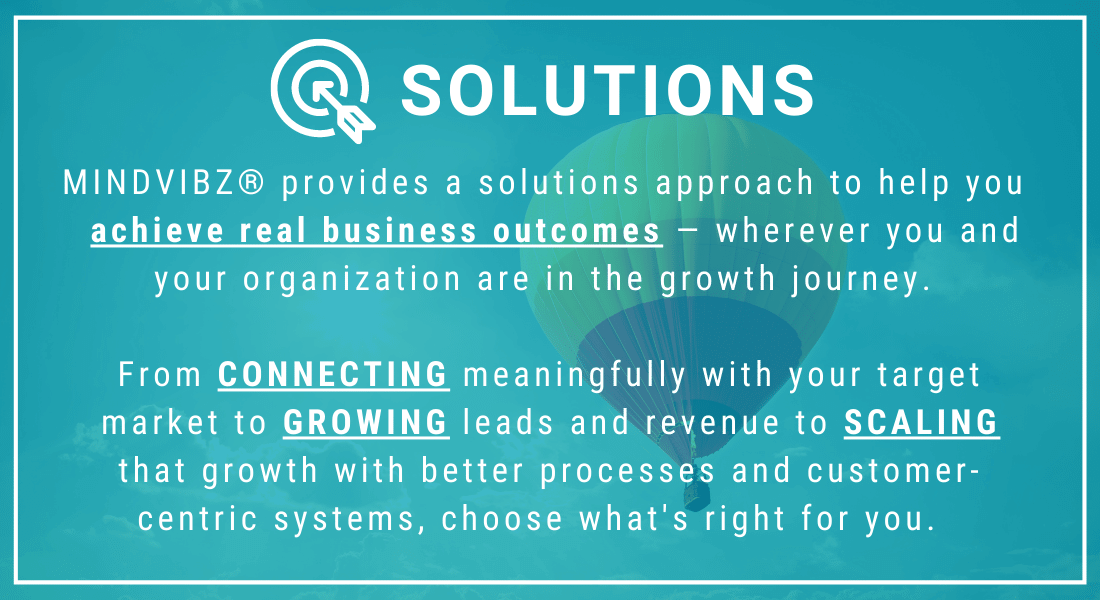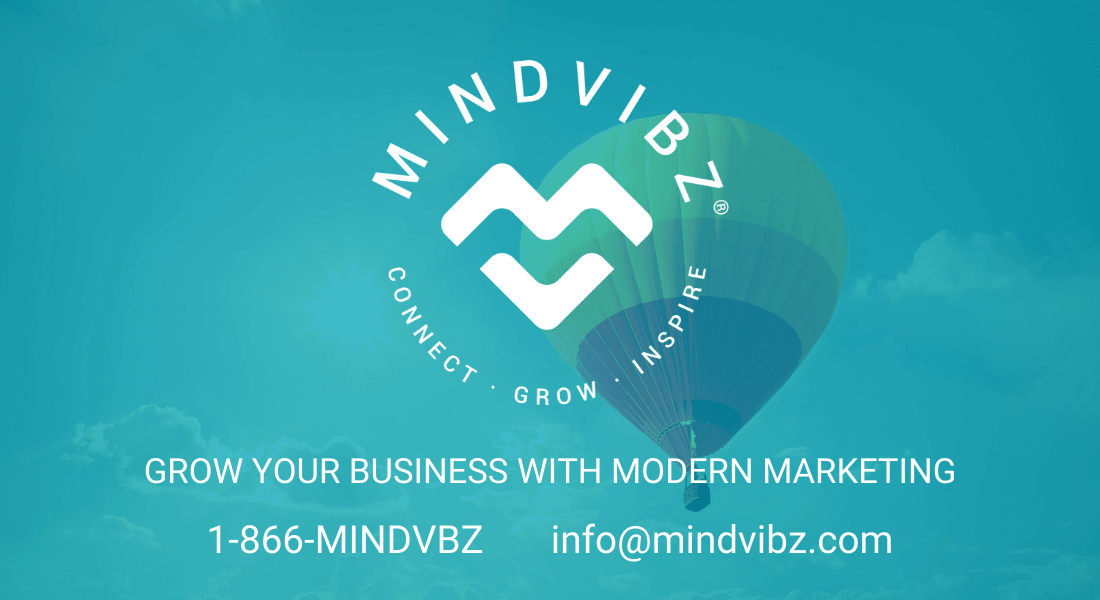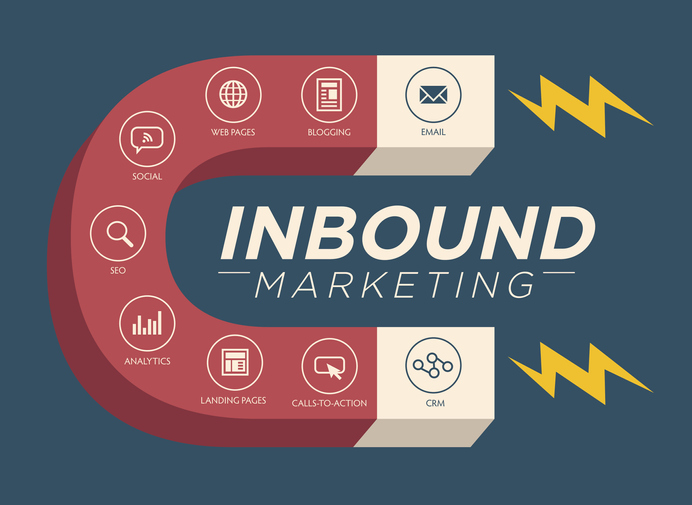There's something fascinating about a "no soliciting" sign. You're not only telling solicitors you're uninterested, but you're doing so without knowing what they're selling — and that speaks volumes about the mindset of today's customers.
Most people in search of a product or service want to make decisions on their own terms. Bombarding them with unwanted information has become an outdated and ineffective practice. Put simply, leads aren't converted to sales by force; they're converted by desire.
So, how do you generate a connection with customers without coming on too strong?
Enter: inbound marketing.
Here's what you need to know about implementing an inbound marketing strategy:
Inbound vs. Outbound Marketing
Outbound marketing relies on more traditional methods, including cold calling, telemarketing, commercials, door-to-door sales, and email blasts. Also known as interruption marketing, it's more of an "in-your-face" approach since you're forcing customers to stop and pay attention to your message.
While outbound marketing methods were successful for past generations, technological advancements have essentially rendered them obsolete. Because of this, inbound marketing has become the preferred method for obtaining new customers. It's all about drawing them in with relevant, engaging content.
The goal is to create brand awareness through a strong online presence using social media, search engine optimization (SEO), blogging, and websites. Instead of finding customers, they find you.
Here's a look at six of the best inbound marketing practices to help grow your business:
1. Create Buyer Personas
You can't create great content if you don't know your audience! This is where buyer personas come into play — detailed, researched profiles of your ideal customers.
Of course, it's impossible to generate a detailed report of every single potential customer. A buyer persona is a semi-fictional profile of your target audience based on real data from existing customers.
Effective buyer personas include more than just demographics. You'll need to dive deep to figure out what makes them tick: What type of content are they drawn to? What are their pain points? How can your business help?
Knowing every aspect of your audience ensures you're creating the best content possible.
2. Produce Customer-Centric Content
Now that you've nailed down buyer personas, it's time to create content specific to their needs. What does customer-centric content look like? Here are a few examples:
- Social media posts
- Blogs
- Infographics
- White papers
- Video content
- Landing pages
- Call-to-actions (CTAs)
The goal is to produce eye-catching, relatable, and helpful content that resonates with future customers. Potential clients need to trust your brand before committing, and the right content will make ith happen.
3. Develop a Sales-Ready Website
A customer-focused website doesn't just describe your business. It's sales-ready and includes helpful, engaging content relevant to your target market. (Hello, buyer personas.)
Creating a visually appealing design is just as necessary as showcasing the right content. In fact, 38% of people will leave your website if it has an unappealing design. Customer-centric websites are easy to navigate, allowing customers to quickly find information and solutions that address their problems.
4. Use Marketing Automation Tools
Streamlining marketing efforts through automation is essential to inbound marketing.
Today's innovative software can automate marketing tasks across various platforms, including websites, blogs, landing pages, social media, and PPC ads. This allows you to save time while still gaining significant insight into campaign efficiency.
Along with marketing automation comes lead management. Automation technology provides performance reporting and data from customers. This allows you to determine viable leads and, in turn, provide the right content at the right time.
5. Harness A/B Testing
How do you know if your marketing efforts are effective?
Testing, testing, and more testing.
A/B testing compares two versions of your marketing content (CTAs, landing pages, emails, campaigns, etc.). Since every audience is different, one business's successful marketing strategy might not work for another. A/B testing is a great way to figure out what's working and what's not.
For example, say you want more conversions from a landing page. A/B testing determines which aspects of the page work and which ones need changing. Is the design unappealing? Is the content unclear?
A/B testing allows you to focus on strategies that work instead of wasting time and money on those that don't.
6. Embrace Enterprise Agility
At the end of the day, every team member, at every level of a company, should be working toward the same goal — superior customer experience.
Enterprise agility uses collaboration across the board to quickly adapt to market demands and customer feedback. All teams, from product development to sales and marketing, share the same obsession with the customer. Internal alignment creates a unified front within an organization to ensure optimal customer experience.
Embracing a customer-centric business strategy ensures every team is dedicated to the same goal of servicing the customer, which brings inbound marketing to a whole new level.
Get Started With an Inbound Marketing Strategy
Is your marketing ROI a puzzle you can't solve? Inbound marketing may be the solution. By producing the best content for your target audience, interest and leads will grow — and so will your business.
We're ready to help you implement a successful inbound marketing strategy. Contact us today to see how we can help!









